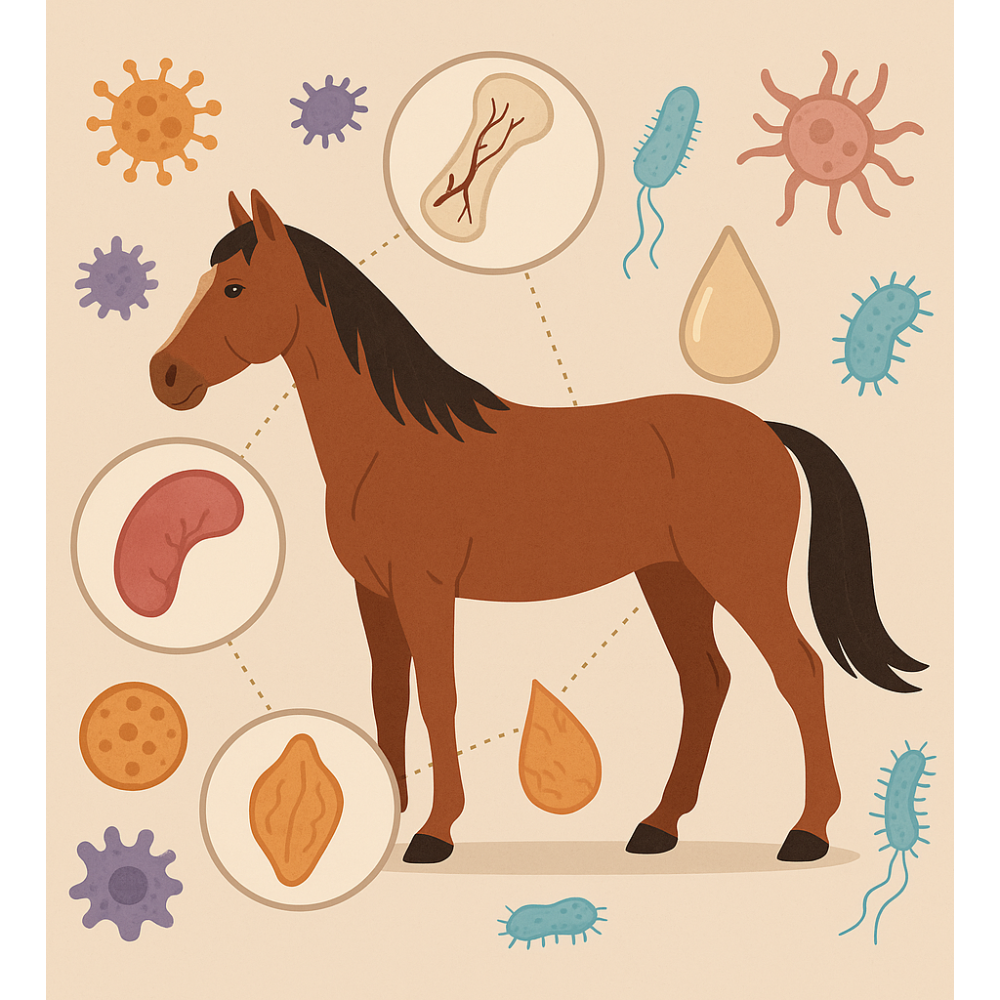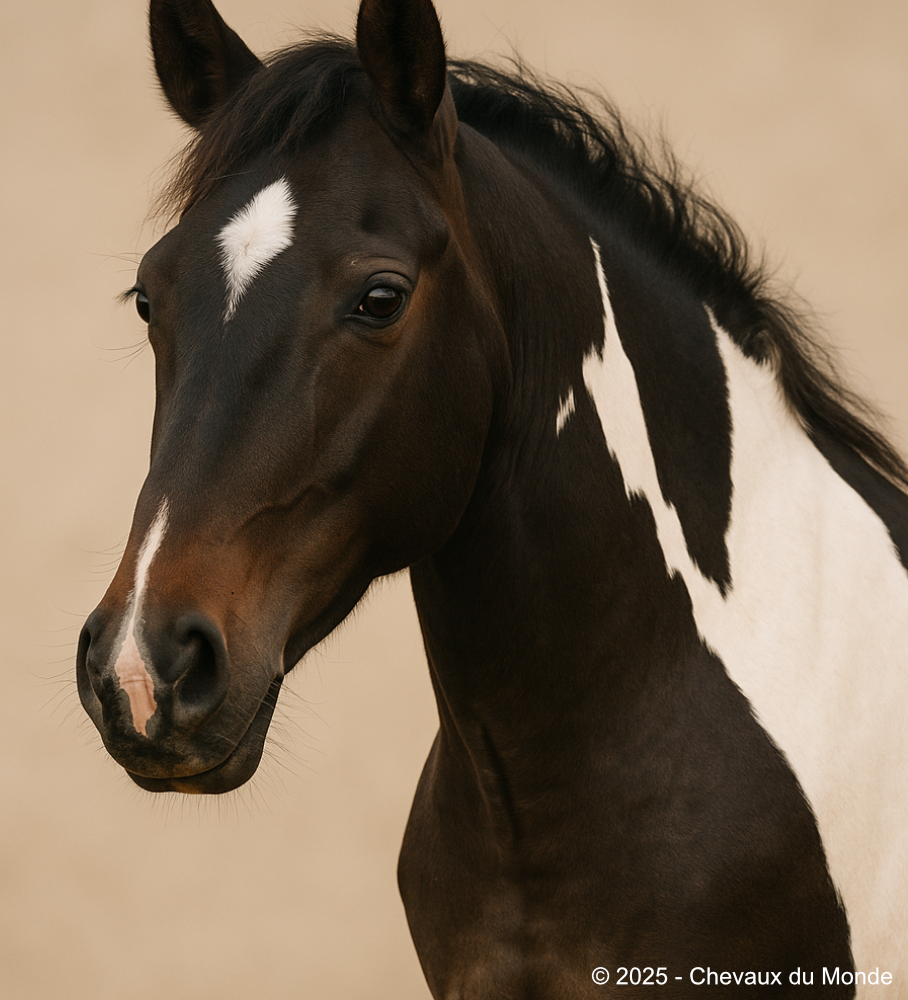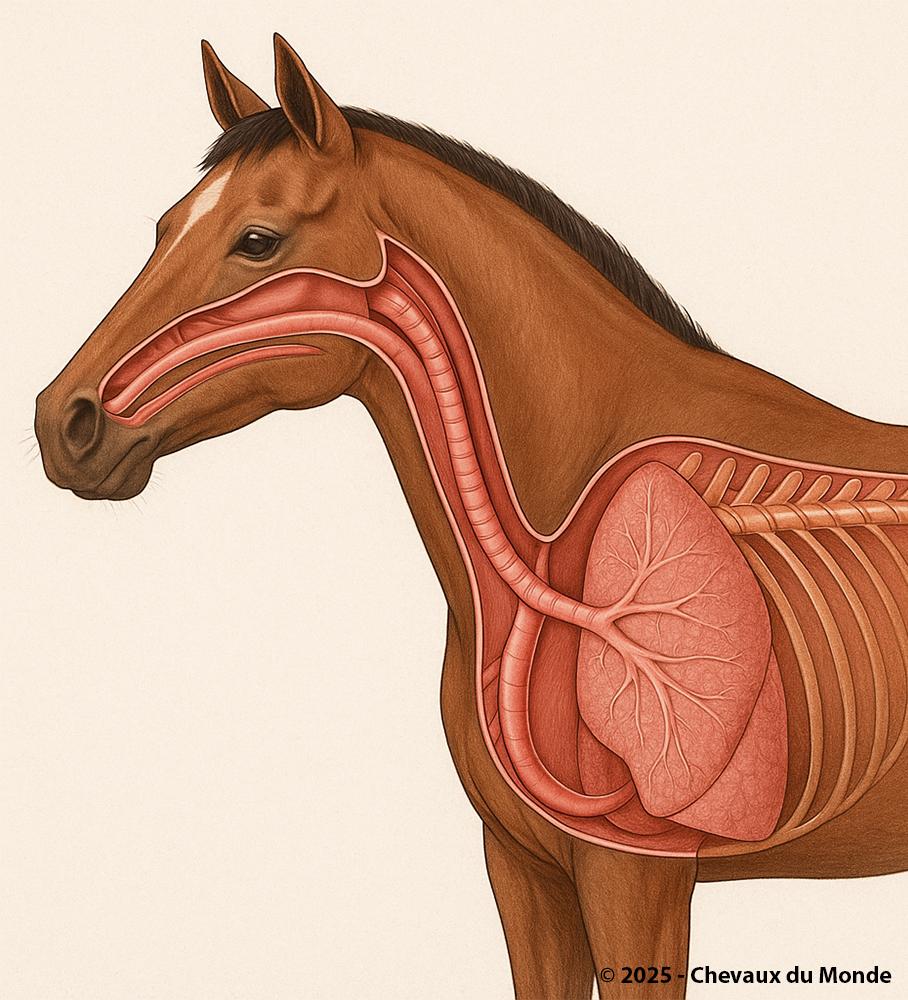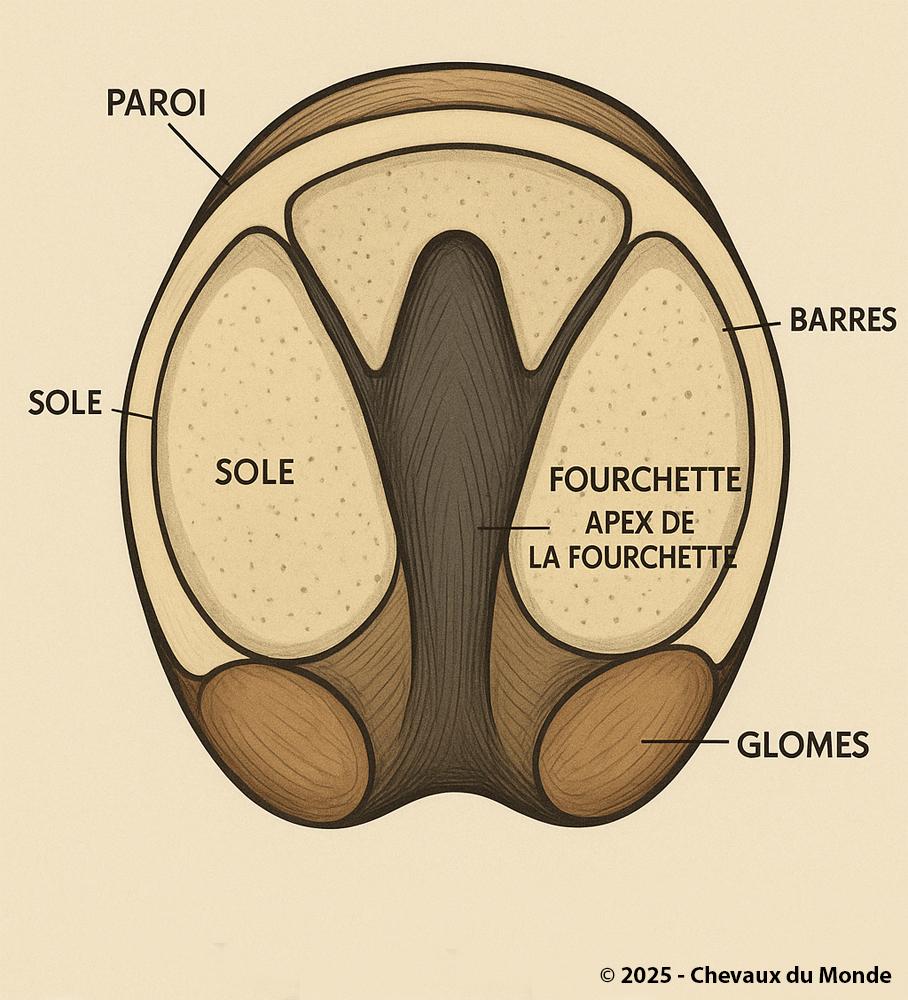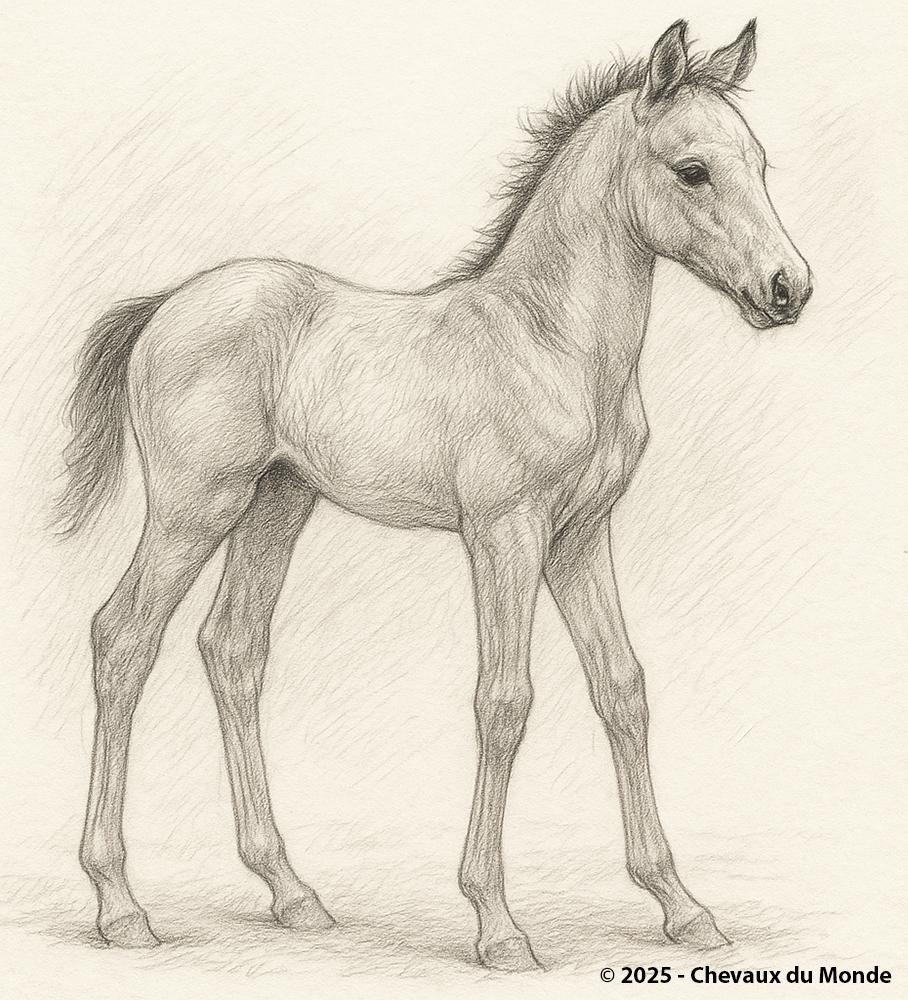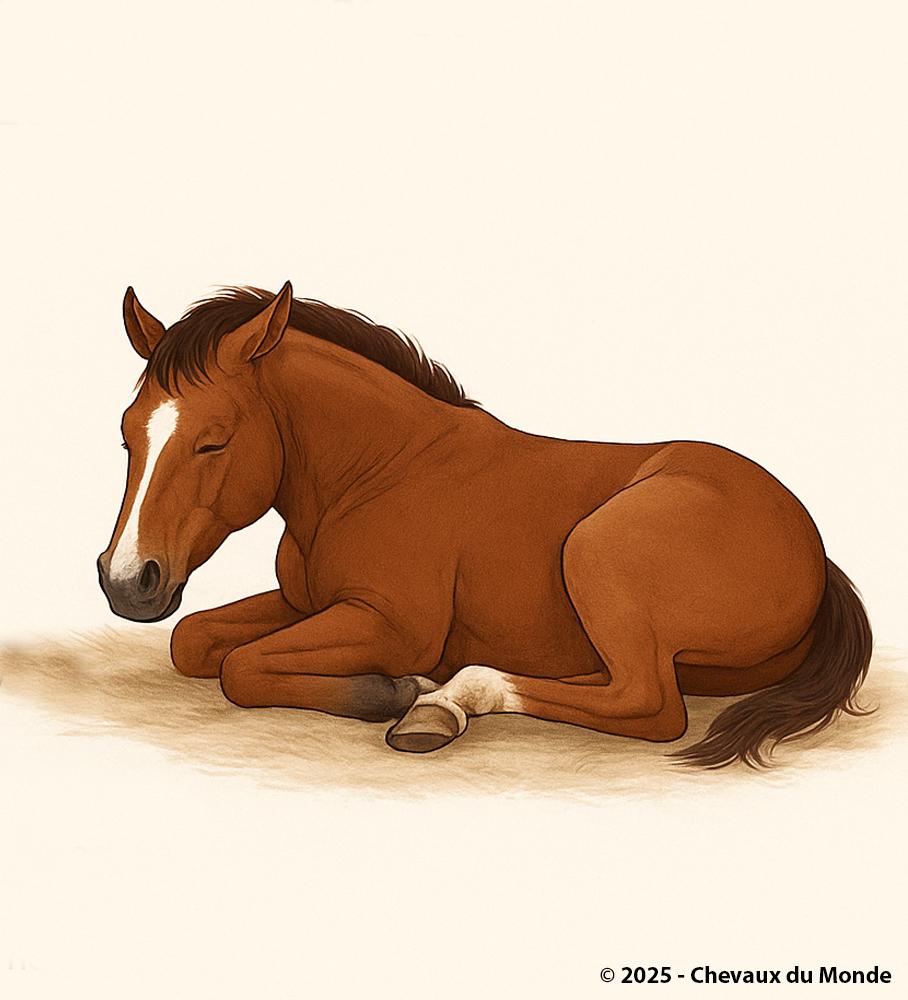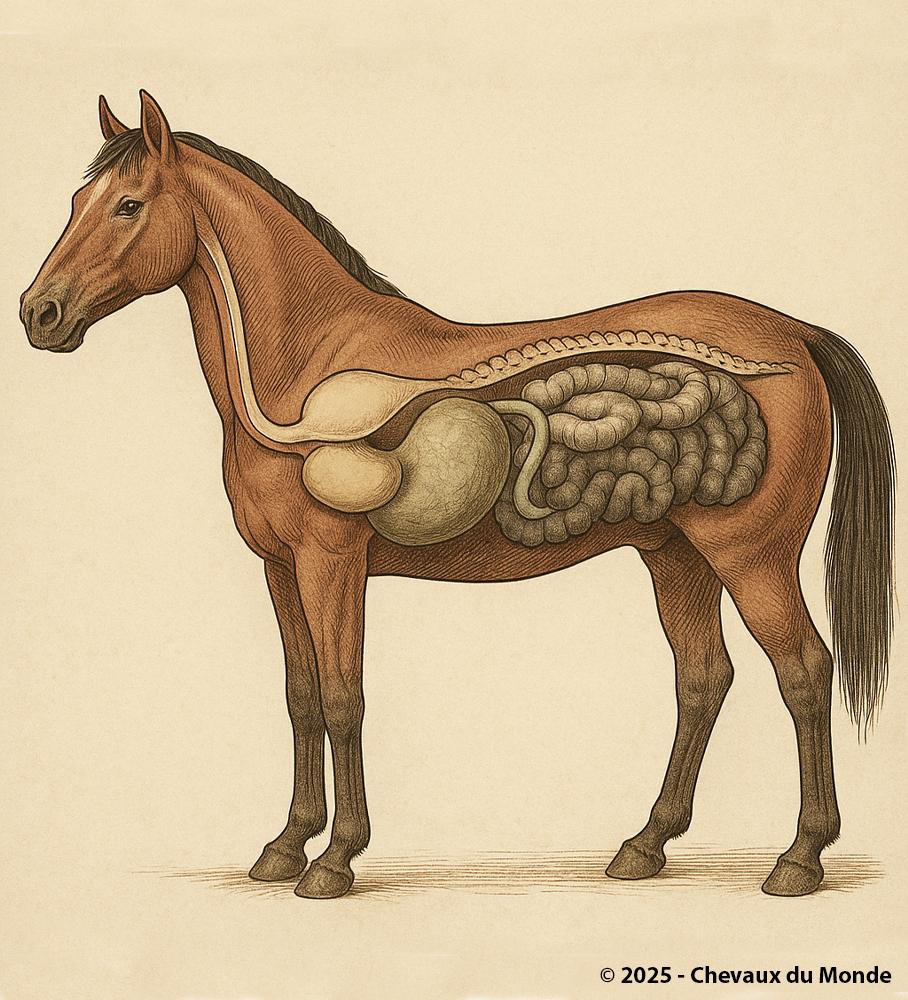THE LOCOMOTION OF THE HORSE: UNDERSTANDING THE GAITS
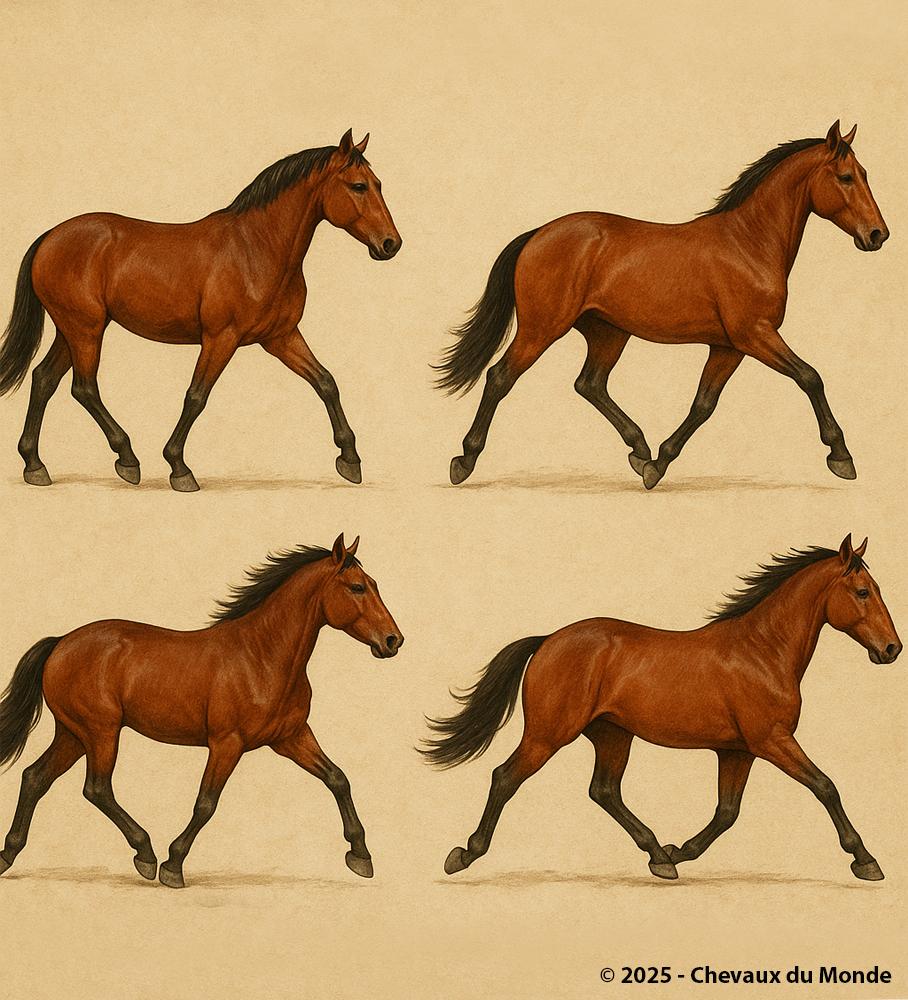
Trot breakdown: every horse gait follows a specific biomechanical pattern, key to understanding for both riders and equine professionals.
Locomotion lies at the very heart of the horse’s life. It determines not only its survival in the wild, but also its sporting performance and well-being. The different gaits correspond to distinct modes of movement, defined by rhythm, symmetry, and the order of footfalls.
I. Introduction to Equine Locomotion
1. Definition
Locomotion refers to all the movements that enable a horse to move forward. It is studied in biomechanics to understand efficiency, regularity, and fluidity of motion.
2. Importance
- In breeding and sport, locomotion is an essential selection criterion.
- In veterinary medicine, its analysis is key for the diagnosis of lameness and postural anomalies.
- In riding, good locomotion enhances the comfort of the rider and the durability of performance.
II. The Natural Gaits of the Horse
1. The Walk
- Characteristics: a four-beat gait, regular and marching.
- Footfall sequence: left hind – left fore – right hind – right fore.
- Average speed: 4 to 7 km/h.
- Particularity: the horse always has at least two feet on the ground.
Variations of the walk:
- Collected walk (shorter, used in dressage).
- Extended walk (longer and faster).
2. The Trot
- Characteristics: a two-beat diagonal gait with a moment of suspension.
- Footfall sequence: simultaneous movement of diagonal pairs (left hind + right fore, then the opposite).
- Average speed: 10 to 15 km/h.
Variations of the trot:
- Working trot (balanced, cadenced).
- Extended trot (greater amplitude and speed).
- Collected trot (slower, with more elevation).
3. The Canter (Gallop)
- Characteristics: an asymmetrical three-beat gait followed by suspension.
- Footfall sequence (example, left lead): right hind – diagonal pair (left hind + right fore) – left fore – suspension.
- Average speed: 18 to 25 km/h (up to 60 km/h in the Thoroughbred).
Variations of the canter:
- Collected canter (balanced, more upward impulsion).
- Extended canter (maximum stride length).
- Hunting canter (natural, on terrain).
4. The Amble (special gait)
- Characteristics: a lateral two-beat gait, natural in some breeds (Icelandic horse, Paso Fino, Tennessee Walker).
- Footfall sequence: simultaneous movement of lateral pairs.
- Advantage: very smooth, providing great comfort to the rider.
III. Artificial or School Gaits
1. Passage
- A highly collected version of the trot, marked by greater suspension and elevation.
- Reserved for high-level dressage.
2. Piaffe
- A form of trot in place, requiring strength, balance, and focus.
- A symbol of classical dressage.
IV. Locomotion Analysis in Practice
1. Veterinary Observation
- Detection of lameness through visual observation and modern tools (force platforms, inertial sensors).
- Verification of regularity and symmetry of the gaits.
2. Sporting Observation
- Dressage judges evaluate the quality of the gaits (cadence, suppleness, amplitude).
- Riders adjust their training according to the horse’s natural locomotion.
V. Conclusion
The locomotion of the horse, through its codified gaits, reflects a subtle balance between biomechanics, genetics, and training. Understanding the gaits not only allows us to better appreciate the elegance and power of horses, but also to preserve their health and sporting longevity.
"Gaits are the visible expression of the horse’s inner harmony."

